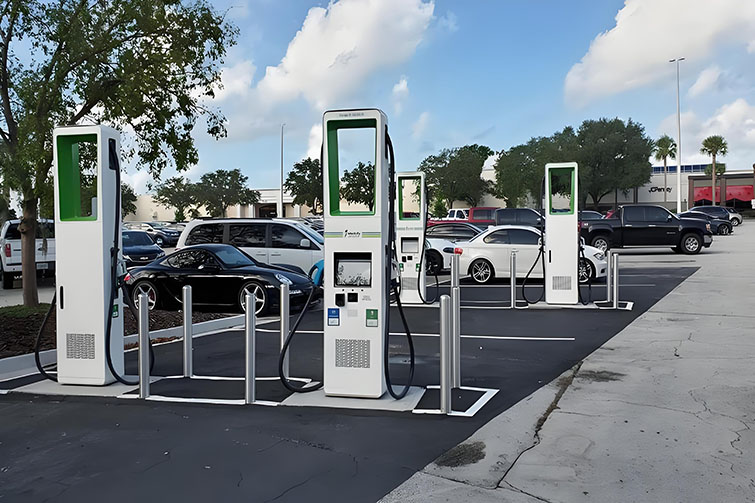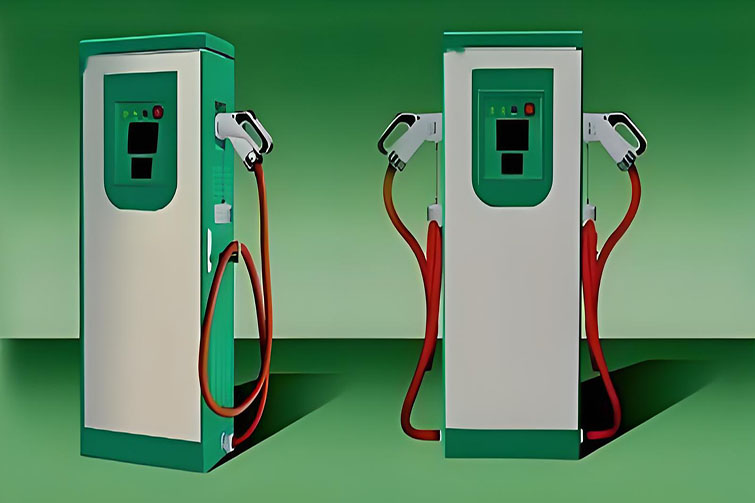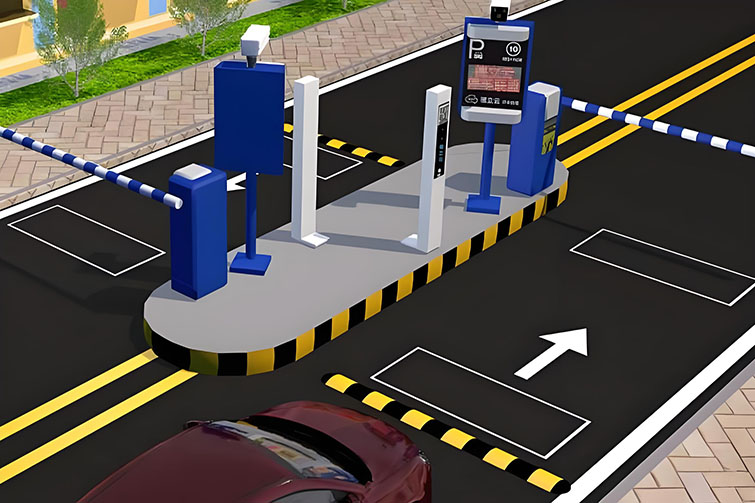

Revolutionizing the Drive: The Impact of Electric Vehicle Chargers on Urban Infrastructure
The transition to electric vehicles represents a paradigm shift in transportation, with profound implications for urban infrastructure. At the heart of this transformation are electric vehicle chargers, which are revolutionizing the way we power our vehicles. In urban areas, the deployment of electric vehicle chargers, particularly DC fast charging stations, is playing a pivotal role in enabling fast and convenient charging for EV owners. This article examines how electric vehicle chargers are reshaping urban infrastructure and influencing the future of transportation.
The Rise of DC Fast Charging Stations: DC fast charging stations are a game-changer in the world of electric vehicle charging. Unlike traditional charging stations, which provide slow and steady charging over several hours, DC fast chargers deliver rapid charging in a fraction of the time. This innovation is transforming the EV charging experience, allowing drivers to replenish their vehicle's battery quickly and efficiently. With the proliferation of DC fast charging stations in urban areas, EV owners can enjoy greater flexibility and convenience in their daily travels.
Fast Charge for Cars: The advent of fast charging technology is driving the adoption of electric vehicles on a global scale. With fast charge capabilities, EVs can be charged to 80% capacity in as little as 30 minutes, significantly reducing charging times compared to conventional methods. This accelerated charging speed is accelerating the transition to electric mobility, making EVs a more attractive option for urban commuters and long-distance travelers alike. As fast charge technology continues to evolve, the range and accessibility of electric vehicles are poised to expand even further.

Expanding Power Charging Stations: The proliferation of electric vehicles has sparked a surge in the deployment of power charging stations across urban landscapes. These charging stations serve as vital infrastructure, providing EV owners with convenient access to charging facilities. From shopping centers to parking garages, power charging stations are being integrated into various urban environments, enabling drivers to recharge their vehicles while going about their daily activities. This expansion of charging infrastructure is essential for supporting the growing number of electric vehicles on the road and ensuring the viability of sustainable transportation solutions.
Navigating the Landscape: How to Find EV Charging Stations: As electric vehicle adoption continues to rise, the need for easily accessible charging infrastructure becomes increasingly important. Fortunately, there are now numerous resources available to help EV owners locate charging stations with ease. Mobile apps, online maps, and in-car navigation systems provide real-time information on the location and availability of EV charging stations, empowering drivers to plan their routes and ensure they always have access to charging facilities. By leveraging these tools, EV owners can navigate the urban landscape with confidence, knowing that a reliable charging station is never far away.
Conclusion: In conclusion, electric vehicle chargers are transforming urban infrastructure and paving the way for a cleaner, more sustainable future. The emergence of DC fast charging stations is revolutionizing the EV charging experience, enabling fast and convenient charging for drivers in urban areas. As the adoption of electric vehicles continues to grow, the expansion of power charging stations will be essential for meeting the increasing demand for charging infrastructure. By embracing electric mobility and investing in charging infrastructure, cities can reduce emissions, alleviate traffic congestion, and create more livable urban environments for future generations.








